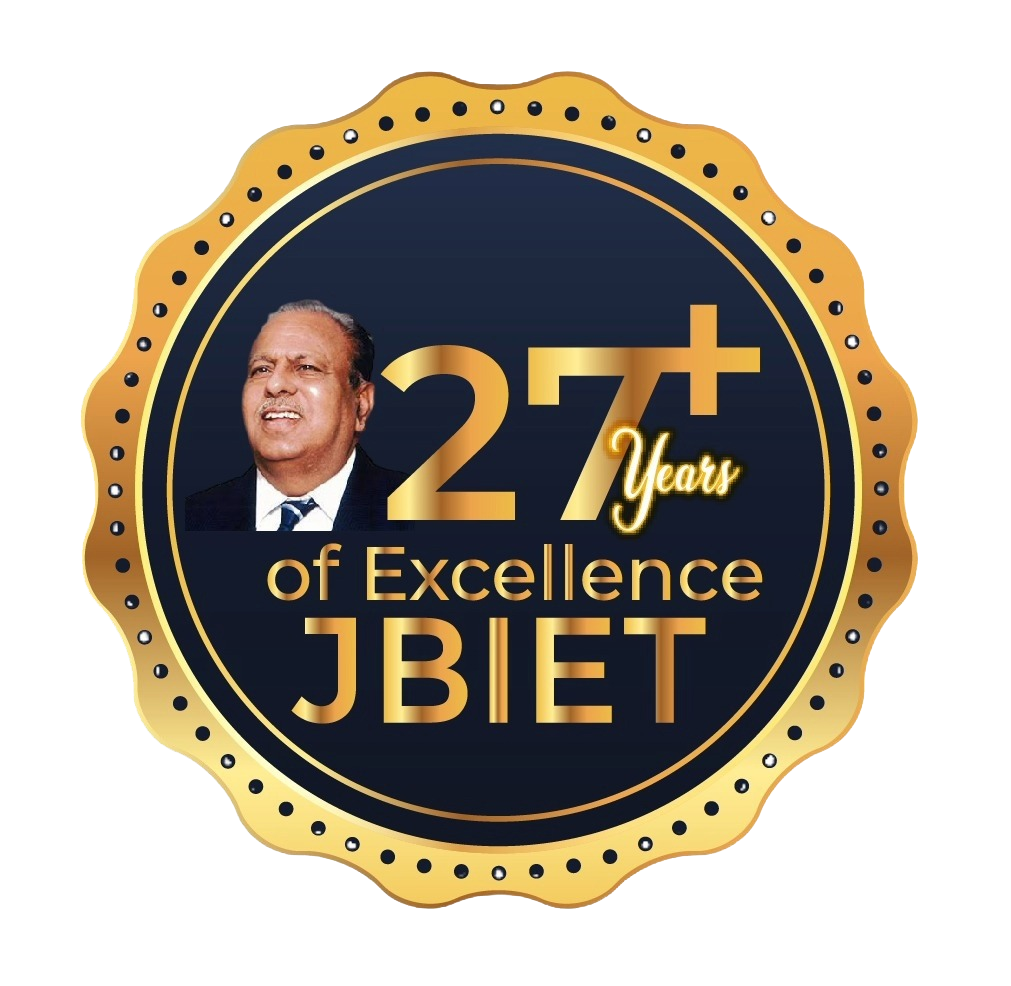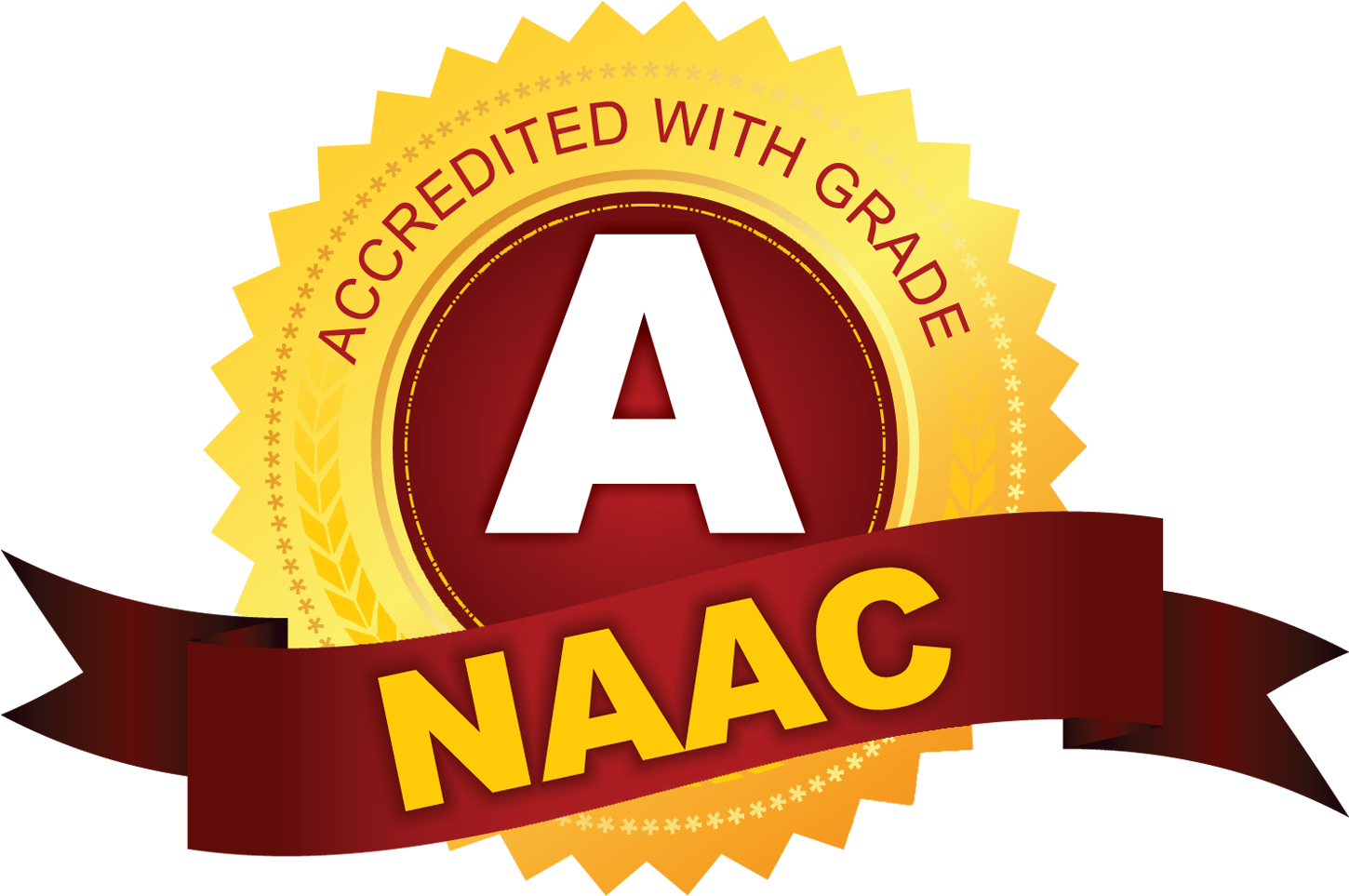Innovations in Teaching and Learning
Introduction: The Department of AI&ML is committed to innovative and effective teaching practices that help students to better understand and apply the concepts they are learning, as well as develop important skills that are necessary for success in the field. In this report, we will discuss the innovative teaching and learning techniques followed by the department.
Project-Based Learning: The Department of AI&ML uses project-based learning as a teaching method that focuses on students working on a long-term project or problem that is based on real-world scenarios. This approach allows students to apply their knowledge and skills in a practical way, while also developing critical thinking and problem-solving skills.
For example, students in the B.Tech AI&ML program may work on a project where they are asked to analyse a large dataset and develop a machine learning algorithm that can make predictions based on the data. Students are provided with real-world datasets and are required to work in teams to develop and test their algorithms. This approach not only helps students to apply the concepts they are learning in the classroom to real-world scenarios, but also helps them to develop important teamwork and communication skills.
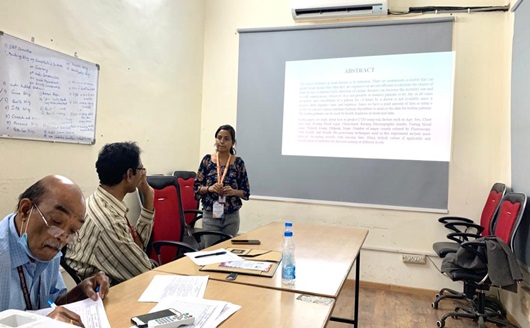
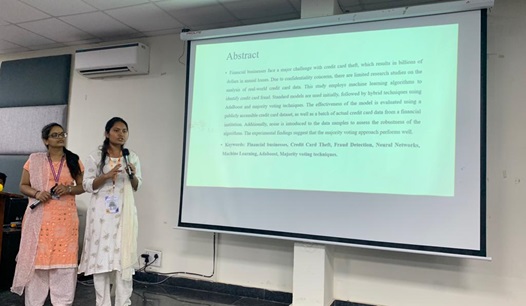
Flipped Classrooms: The Department of AI&ML also uses flipped classrooms as a teaching method. In a flipped classroom, students learn the course material outside of class through online lectures, videos, or readings, and then come to class to engage in activities, discussions, and problem-solving exercises. This approach can help students develop a deeper understanding of the material and allow for more interactive and collaborative learning.
For example, students in the B.Tech AI&ML program may be provided with online video lectures or readings on a specific topic, and then come to class to engage in discussions and problem-solving exercises related to the topic. This approach not only helps students to develop a deeper understanding of the material, but also provides them with the opportunity to engage in interactive and collaborative learning, which can enhance their critical thinking and problem-solving skills.
Active Learning: The Department of AI&ML also uses active learning as a teaching method. Active learning involves engaging students in the learning process through hands-on activities, discussions, and problem-solving exercises. This approach can help students develop a deeper understanding of the material and enhance their critical thinking and problem-solving skills.
For example, students in the B.Tech AI&ML program may engage in hands-on activities, such as building and testing machine learning algorithms or working on real-world projects that require data analysis and prediction. Students may also engage in discussions and problem-solving exercises related to the course material. This approach not only helps students to develop a deeper understanding of the material, but also provides them with the opportunity to engage in interactive and collaborative learning, which can enhance their critical thinking and problem-solving skills.
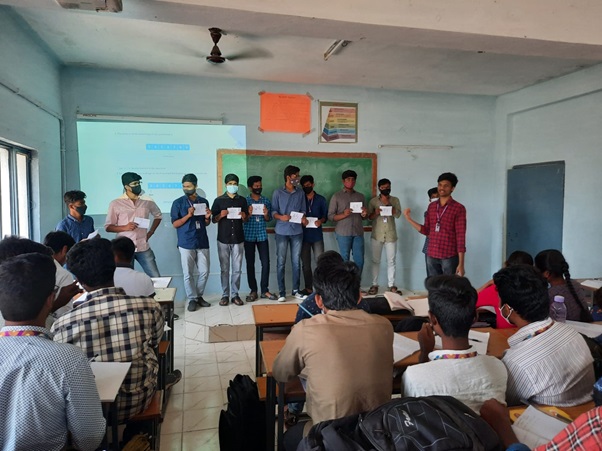
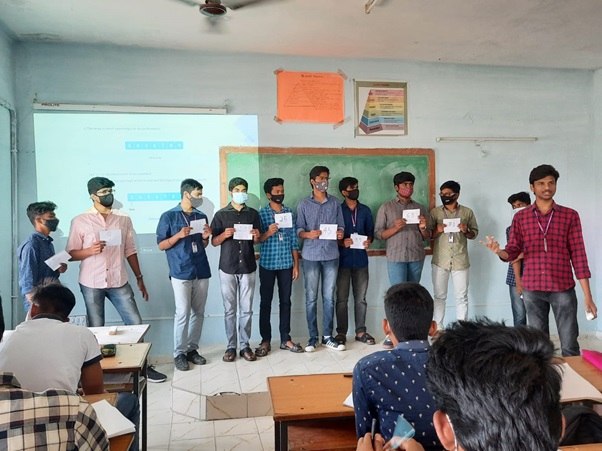
Blended Learning: Blended learning involves combining online learning with traditional classroom methods. This approach can provide students with flexibility and convenience, as well as access to a variety of multimedia materials and interactive simulations. In a blended learning environment, students can work at their own pace and have the opportunity to engage in interactive and collaborative learning.
Peer Teaching: Peer teaching involves having students teach and learn from each other. This approach can help students develop leadership, communication, and critical thinking skills, while also providing opportunities for peer feedback and support.
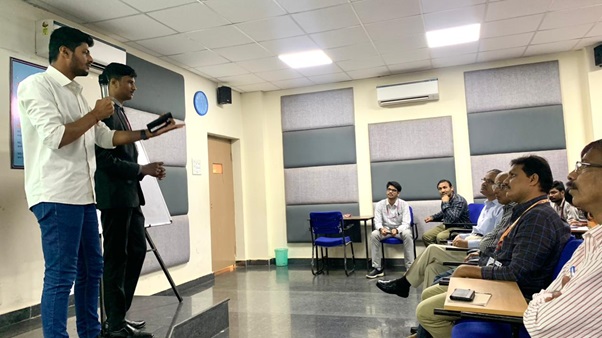
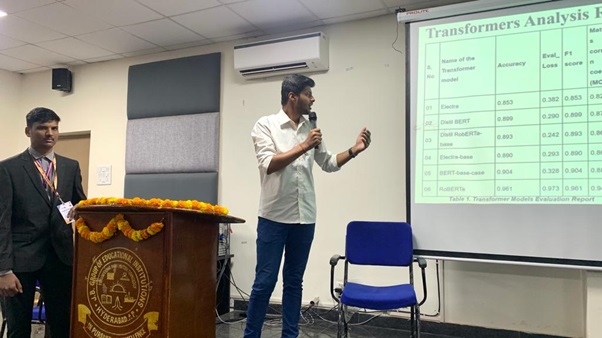
Simulation-Based Learning: Simulation-based learning involves using computer simulations to teach concepts and skills. This approach can provide students with a safe and controlled environment to practice and experiment with complex concepts, such as artificial intelligence and machine learning.
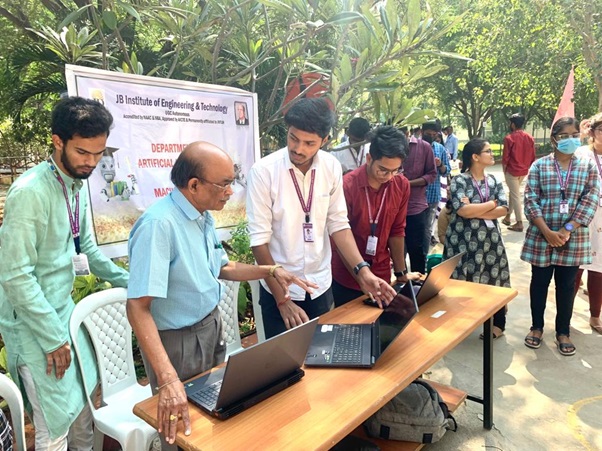
Gamification: Gamification involves using game elements, such as points, badges, and leaderboards, to motivate and engage students in learning. This approach can make learning more enjoyable and immersive, while also providing students with instant feedback and recognition for their achievements.
Personalized Learning: Personalized learning involves tailoring the learning experience to the individual needs and preferences of each student. This approach can help students to learn at their own pace and in a way that suits their learning style, while also providing opportunities for personalized feedback and support.
Inquiry-Based Learning: Inquiry-based learning involves having students explore and discover information through research and investigation. This approach can help students to develop critical thinking and problem-solving skills, as well as a deeper understanding of the subject matter.
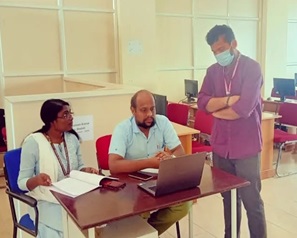
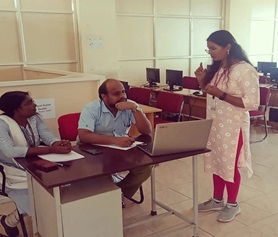
Service Learning: Service learning involves having students apply their knowledge and skills to real-world problems through community service or volunteer work. This approach can help students to develop empathy, social responsibility, and a deeper understanding of the impact of their work on society.
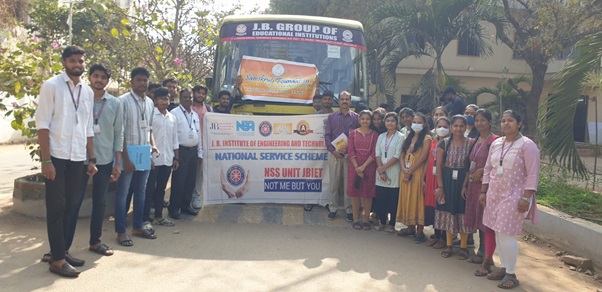
Conclusion: In conclusion: The Department of AI&ML is committed to innovative and effective teaching practices that help students to better understand and apply the concepts they are learning, as well as develop important skills that are necessary for success in the field. Incorporating these teaching and learning practices into the B.Tech AI&ML curriculum can provide students with a comprehensive and engaging learning experience that prepares them for success in their academic pursuits and careers. By using a combination of these practices, the department can cater to the diverse learning needs and preferences of its students, while also creating a collaborative and supportive learning environment.

